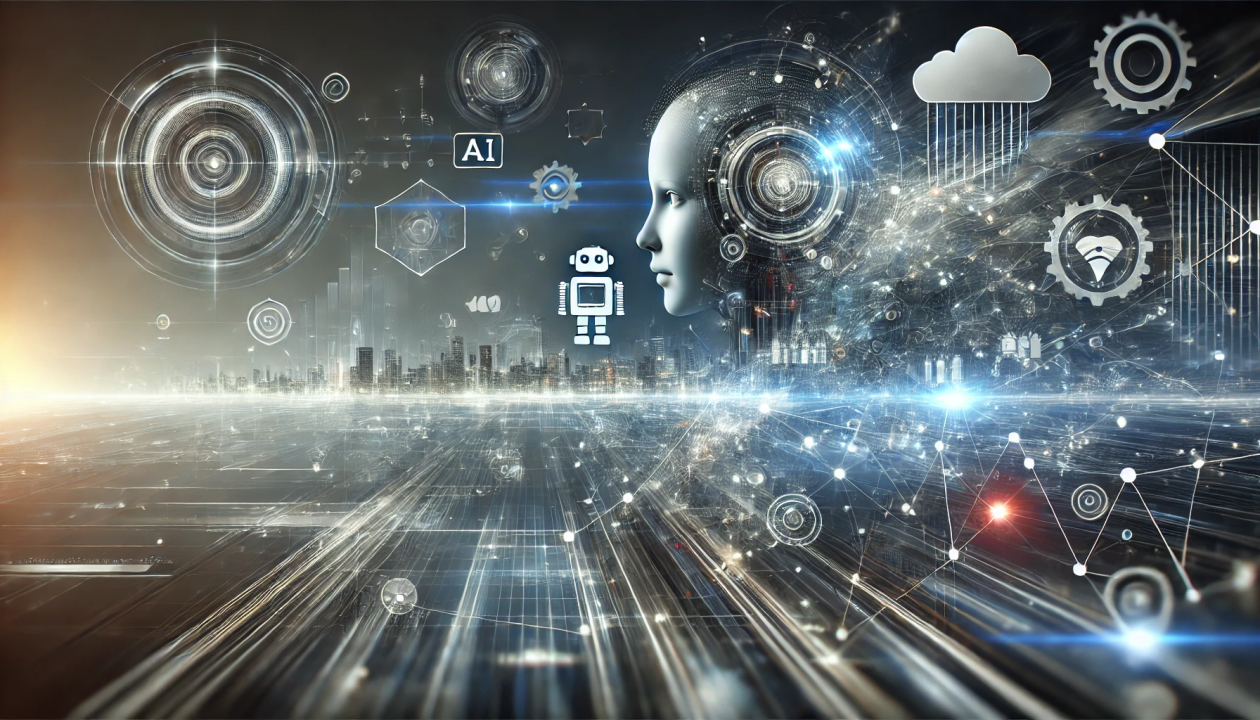
This is the third and final installment in our blog series exploring the profound impact of technological revolutions on the automotive industry. After delving into the mechanization and mass production techniques that defined the First and Second Industrial Revolutions, we now turn our attention to the seismic shift that has redefined automation in the modern era – the Digital Revolution. As we journey through this transformative era, marked by rapid advancements in computing, communication technologies, and artificial intelligence (AI), we’ll witness how the automotive industry has harnessed these innovations to propel itself into the future.
In our journey through the Industrial Revolutions, we witnessed the birth of mechanization (late 18th – early 19th centuries) and the transformative power of mass production techniques (late 19th – early 20th centuries). But the late 20th century ushered in a seismic shift that would redefine automation – the Digital Revolution.
This era, marked by rapid advancements in computing, communication tech, and AI, has propelled automation to unprecedented heights, transcending the physical constraints of factories and production lines. Buckle up, because this revolution is a game-changer!
At the heart of the Digital Revolution lies the development of digital computing, a breakthrough that laid the foundation for modern automation.
The invention of the transistor in 1947 and the first microprocessor in 1971 paved the way for compact, powerful, and versatile computing devices. 💥
These advancements revolutionized data processing and automation, enabling complex calculations, intricate control systems, and advanced algorithms that were once unimaginable. In manufacturing, digital computers facilitated computer-aided design (CAD) and manufacturing (CAM), streamlining the entire product development cycle.
While digital computing laid the groundwork, the rise of the internet and digital communication networks took automation to new heights. The IT Revolution, fueled by the World Wide Web, email, and cloud computing, transformed how businesses operate and leverage data.
The ability to instantly share information, collaborate globally, and access vast data repositories has revolutionized industries from finance to logistics. Automated processes now span the globe, enabling real-time decision-making, supply chain optimization, and seamless integration across continents.
Perhaps the most profound aspect of the Digital Revolution lies in AI and robotics. Machine learning and neural networks have enabled computers to mimic human cognition, learn from data, and make decisions autonomously, opening up a new frontier in automation.
AI systems can now perform complex tasks like image recognition, natural language processing, decision-making, and predictive analytics, transforming industries like healthcare, finance, and transportation.
The integration of AI with robotics has given rise to advanced robotic systems that can perform intricate tasks with precision and efficiency, taking on complex or dangerous tasks once reserved for humans.
The automotive industry has also been transformed by the Digital Revolution. Computer-aided design (CAD) software has revolutionized car design, allowing engineers to create and test virtual prototypes before building physical models.
Digital communication networks, data analytics, and real-time monitoring have streamlined supply chains and quality control. Advanced driver assistance systems (ADAS) and autonomous driving technologies have ushered in a new era of safety and convenience.
The journey of automation has been a long and transformative one, marked by milestones like the Industrial Revolutions. The Digital Revolution, however, has taken automation to unprecedented heights, redefining what’s possible.
From digital computing and the IT sector to the transformative potential of AI and robotics, this era has opened new frontiers, transcending physical constraints and enabling seamless integration across industries and geographies.
As we navigate this digital transformation, we must reflect on lessons from past revolutions, understanding the economic, social, and ethical implications of these technologies. We must harness automation’s power responsibly and equitably.
The journey continues, and the Digital Revolution is the latest chapter in this tale of ingenuity and progress. As we look ahead, we must embrace AI, robotics, and process automation while adapting, upskilling, and creating a society that benefits from automation’s efficiencies while preserving human labor’s dignity and value.
The future of automation is here, and it’s an exciting time to be part of this transformative journey!
